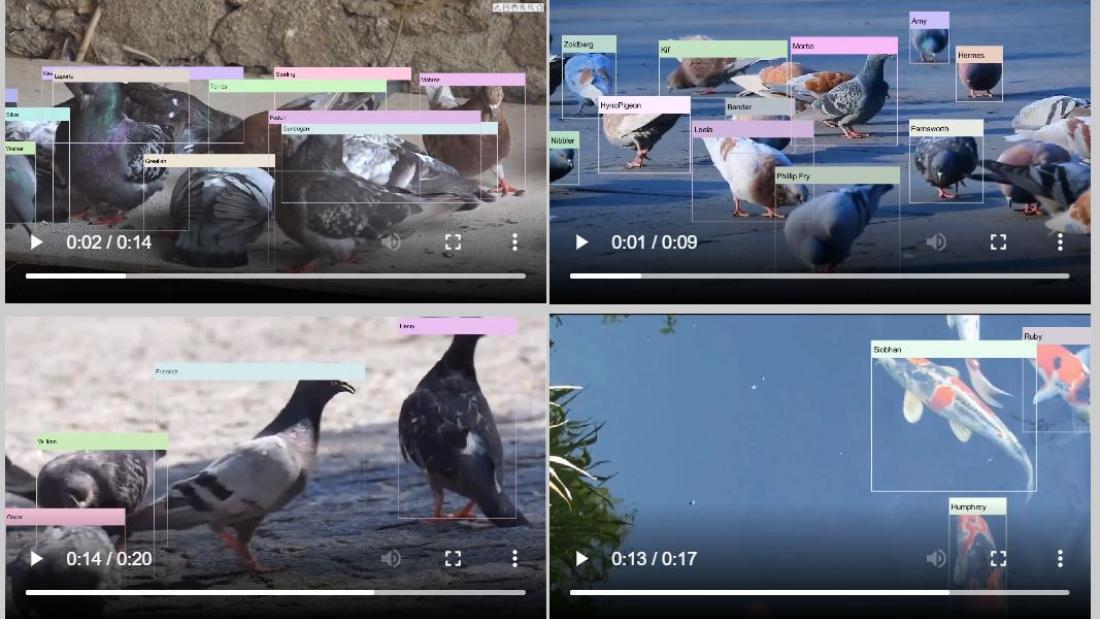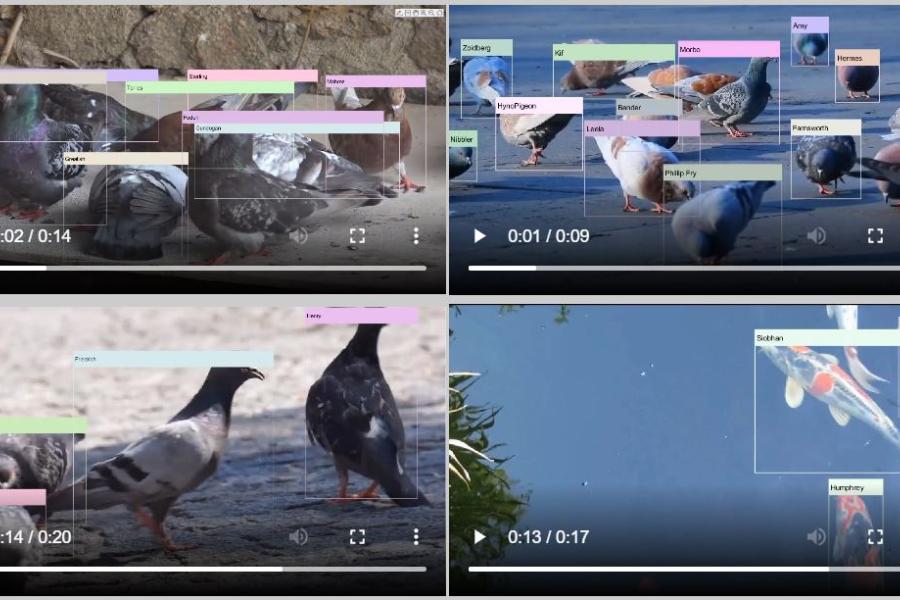Introduction
Professor Lucy Kuncheva along with PhD students Frank Williams and Samuel Hennessey (funded by AI-Machine Learning and Advanced Computing doctoral training centre) presented their research on animal identification at The Fifth IEEE International Conference on Image Processing, Applications and Systems (IPAS 2022)
The fifth IEEE International Conference on Image Processing, Applications and Systems (IPAS 2022) took place between the 5th to 7th December 2022, and was held in Genova, Italy. Researchers at Bangor University, in collaboration with researchers from Burgos University, Spain, made two presentations of their research.
Animal identification, re-identification and tracking
The first paper was titled “A Benchmark Database for Animal Re-Identification and Tracking” by Ludmila Kuncheva, Francis Williams, Samuel Hennessey, and Juan Rodriguez.
The paper focussed on a challenge of occlusion in videos. Video recordings of animals provide a useful source for analysis, but because of the location of the camera, and how the animals move, fish and other objects get occluded. This makes classification challenging.
Sammuel said “To set-up a benchmark, which we use to identify individual animals, we trained and tested twenty-six classification methods. We did this across the five videos. We also report on results of the state of art in learning methods for object detection and tracking.”
On object detection for animal recognition
The second paper was titled “Combination of Object Tracking and Object Detection for Animal Recognition” by Francis Williams, Ludmila I Kuncheva, Juan Rodriguez, and Samuel Hennessey. The paper looked at how models, that work well for human and vehicle identification can be re-purposed for animal identification.
Lucy finished by saying “Our aim is to contribute to automatic video annotation of animals, so that labels and bounding boxes can be acquired in real time, with minimal human involvement. If people would like to investigate further, then look at our git repository, or contact us. You can visit our University webpages or personal webpages for contact information."
Editor: J. C. Roberts


